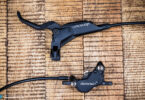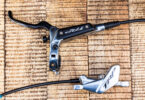First Ride: RockShox RS-1 Inverted Suspension Fork 2015
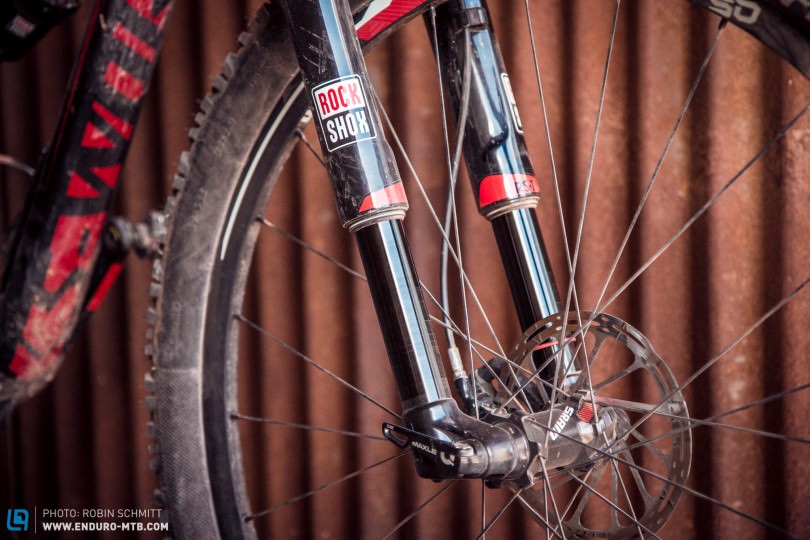

To be honest when we first heard about a new inverted fork from RockShox we were blown away, why would the “big player” introduce such a complex and difficult to construct fork! Especially as their PIKE fork is currently the benchmark in the trail / enduro segment. We had expected a lot from the SRAM Trailhouse in Moab in terms of new products, but never imagined that it would be the RS-1. That said, of course we were super excited to ride and test it on challenging terrain and learn more about its technologies, and to find out how RockShox overcame the challenges of an upside-down construction. So, how did it perform?

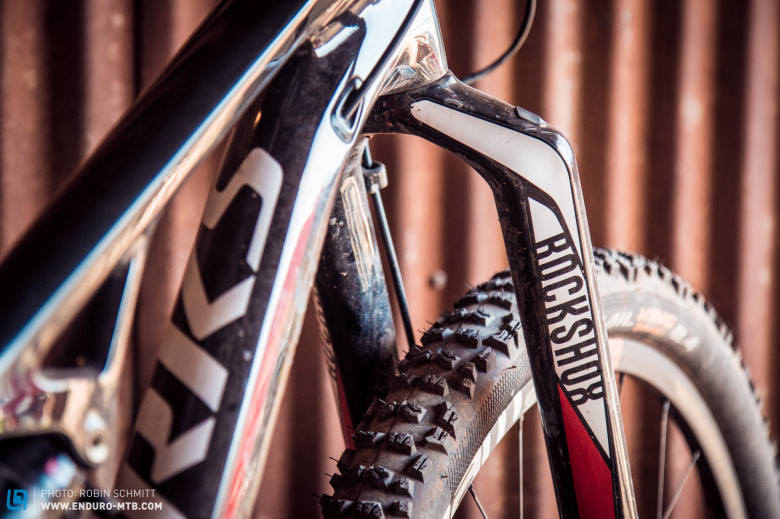
The fork is only being produced in 29″ format, available with SoloAir spring, three travel options (80/100/120mm) and a tapered carbon chassis and steerer. Despite a phenomenally light weight of 1.666 grams (3.67lbs) RockShox claims the RS-1 to be stiff, precise and overall a great performer. Only about 50 grams heavier than a SID XX World Cup, the RS-1 is supposed to offer a whole new riding experience and level of performance on the trail. Let’s dig into the RockShox RS-1 technology to find out what’s so special about this fork.
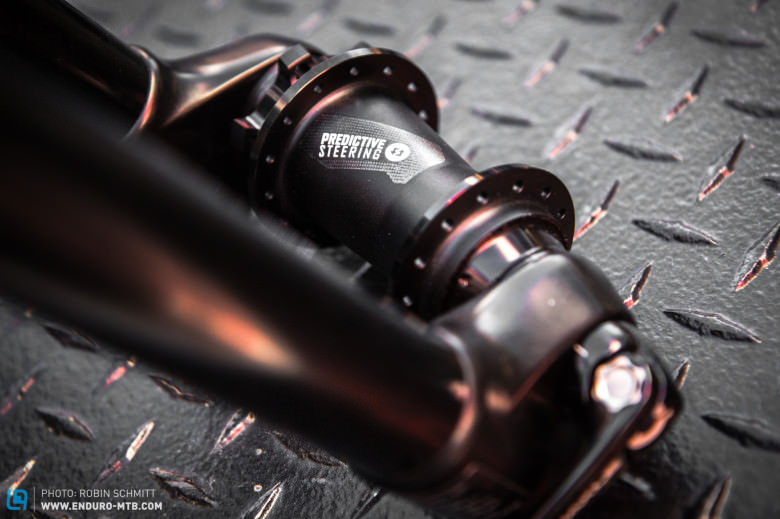
The missing structural bridge of a inverted fork design results in a dilemma that had hindered the performance gains of inverted forks from being fully realized. This is why to this day engineers had to choose between light and flexy, or stiff and heavy when they wanted to build a inverted suspension fork. RockShox developed ‘Predictive Steering technology’, claiming to be the break-through technology that offers lightweight and stiffness in an affordable package. RockShox engineers have redesigned the dropout/wheel interface featuring a stock 15mm Maxle Ultimate mated with a solid oversized axle running through the hub, called the Torque Tube.
Jed Douglas explains the RockShox RS-1 Inverted Fork
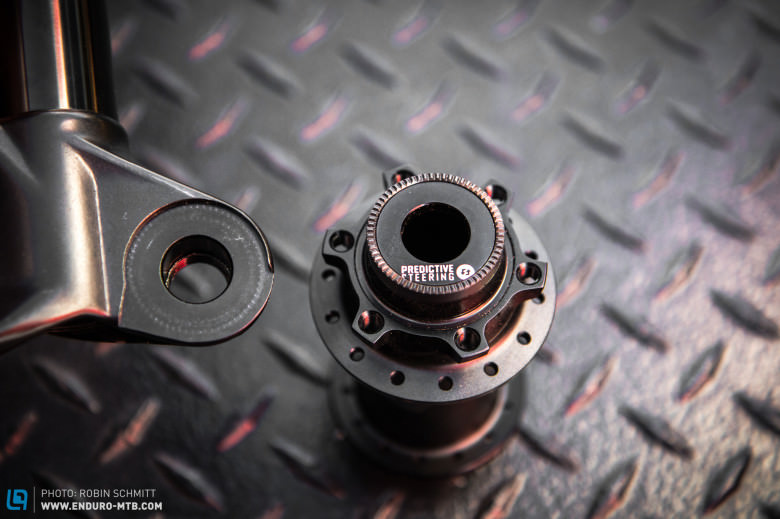
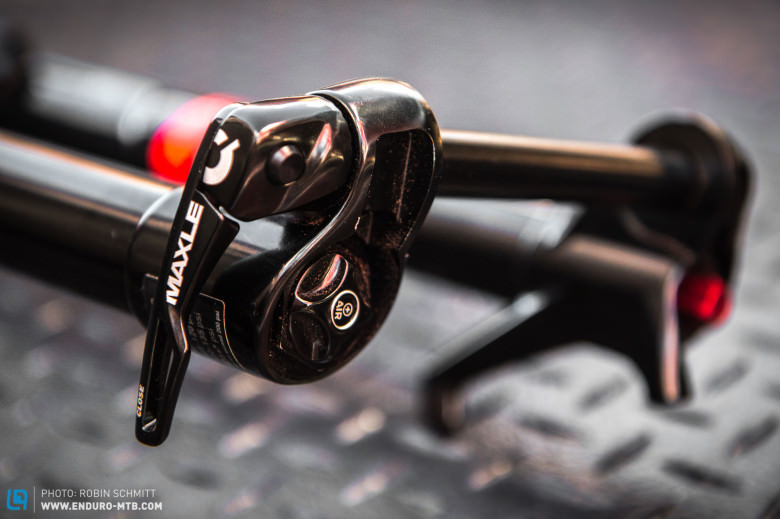


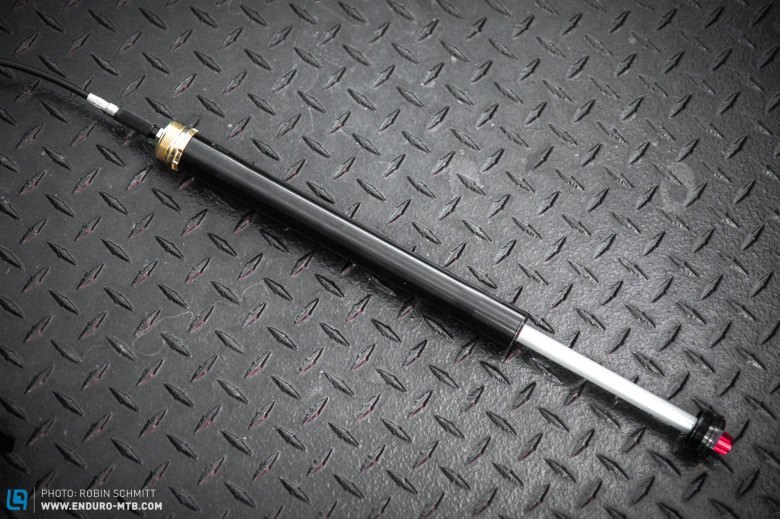


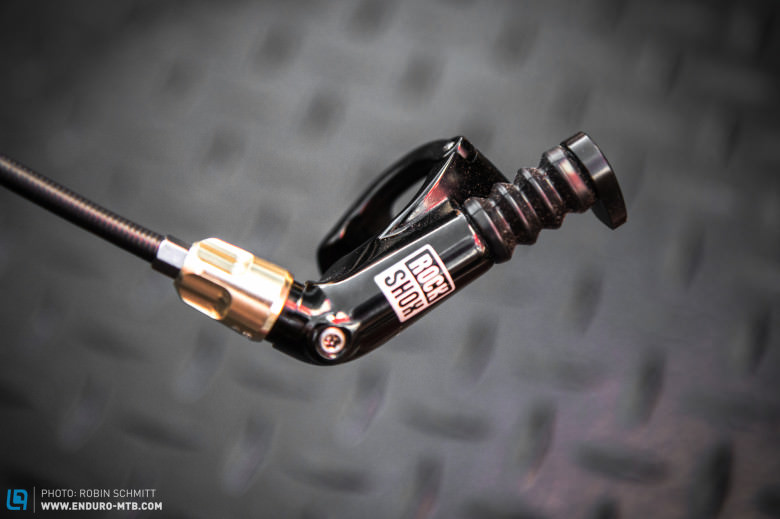





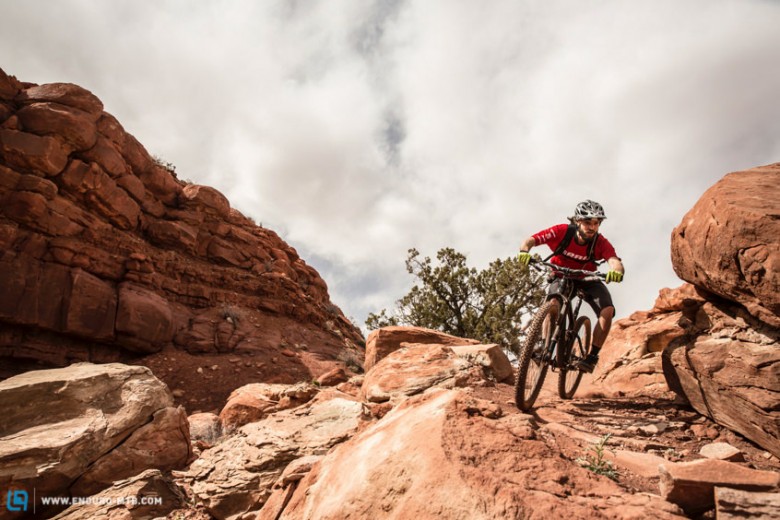
We put the RockShox RS-1 to the test on Moab’s finest trails. Highspeed-sections alternating with rocky, tight corners and steep climbs were the perfect terrain to sound out the trail fork’s characteristics.
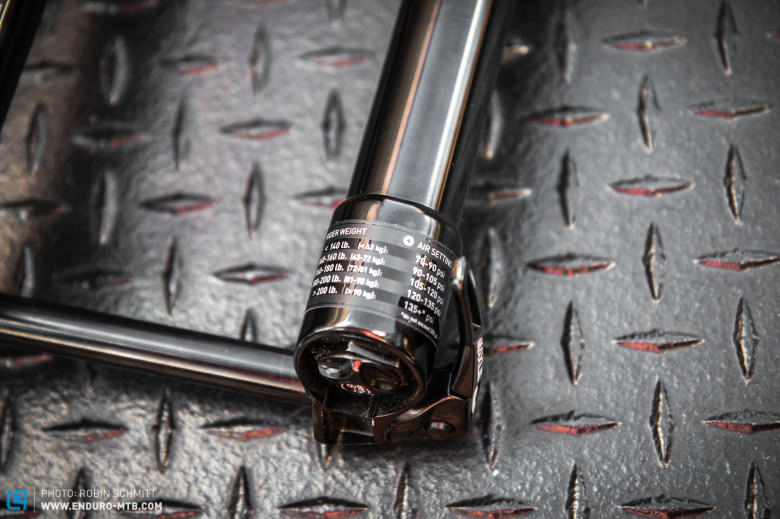
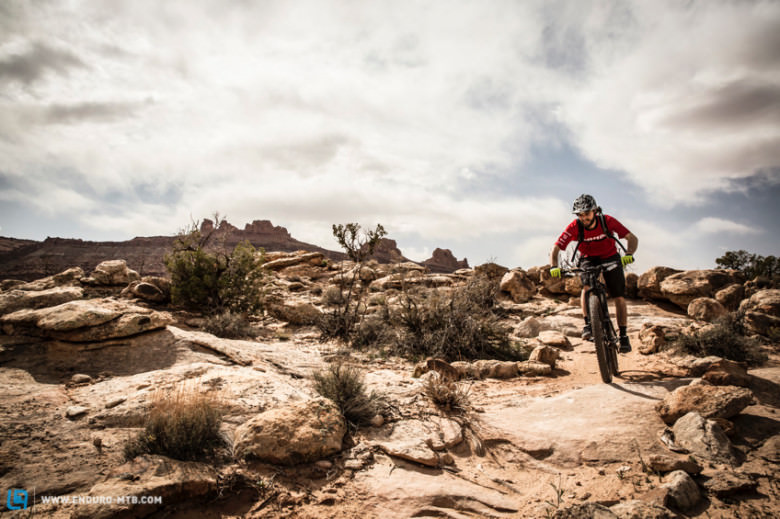
Right from the start the RS-1 impresses with a super sensitive and supple feel providing lots of traction. The fact that the seals are constantly bathed in oil helps to keep the fork running smooth.
Considering that it is a 120 millimeter fork, you can push the bike pretty harshly, the forks feel very capable absorbing both the bigger hits as well as small bumps. The RS-1 stayed surprisingly high in its travel ensuring that the geometry stays relatively constant in steep sections.
Overall the fork is very precise in terms of steering. Only in really fast and tight corners can you feel that the torsional stiffness is not as high as the impressive bending stiffness. In combination with big (and generally more flexy) 29″ wheels understeer can be observed at the extremes.
During the test loop we bottomed out various times. However, Thanks to an internal elastomer we never felt a harsh bottom-out, but more a soft ramp. If you want the air spring curve to be more progressive you can add a token (air volume spacer).
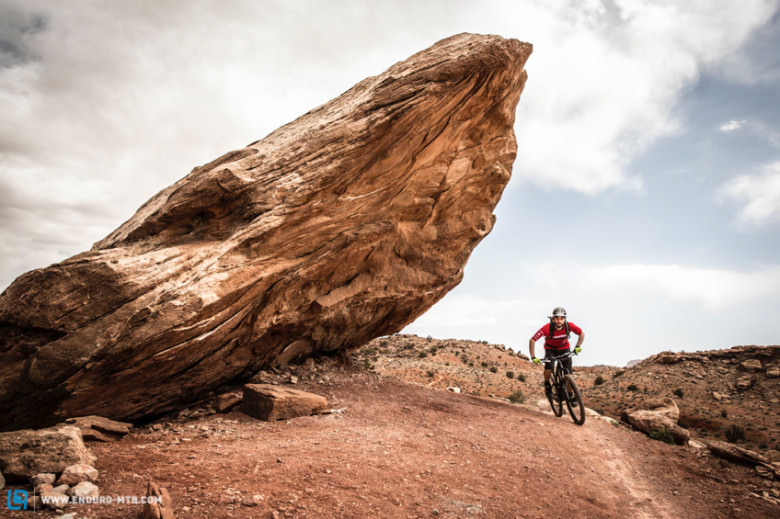
Bottom-line: With the RS-1 RockShox has come up with another banger-product that impresses with several innovative features such as Predictive Steering. The fork offers great performance and is very distinctive, standing out over other production suspension forks on the market. Thanks to its three travel options and the stiff chassis the RS-1 is applicable for a relatively wide range of use, from ultimate XC racing to fun trail riding. In addition it’s exclusive and sexy. You don’t need it, but you want it.
The RockShox RS-1 will be available in June 2014. The fork is only available in 29″ in either Red/White or Silver coming in at $1,865 / 1.658€.
More info: www.sram.com
Words & Photo: Robin Schmitt, Adrian Marcoux
Did you enjoy this article? If so, we would be stoked if you decide to support us with a monthly contribution. By becoming a supporter of ENDURO, you will help secure a sustainable future for high-quality mountain bike journalism. Click here to learn more.



